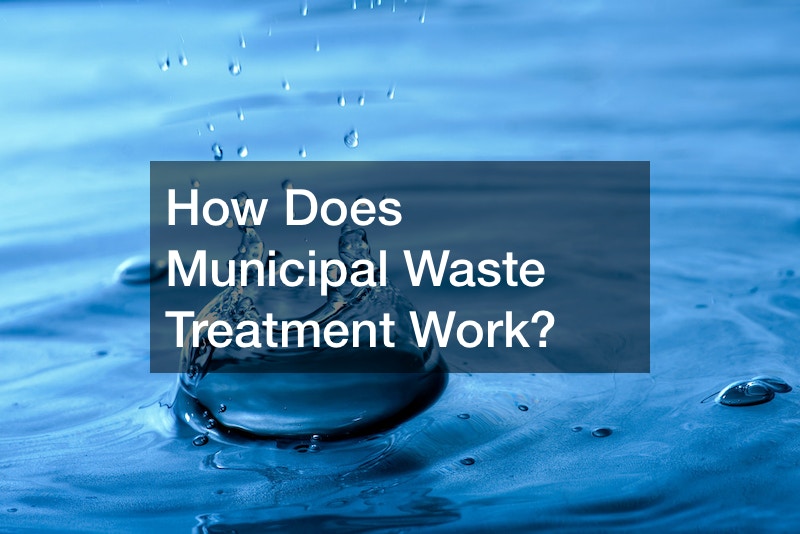Disclaimer: Quick Jobs. This site provides business content for informational purposes only.
Municipal waste treatment, also known as wastewater treatment, is a crucial process that ensures the safe disposal of domestic and industrial sewage.
The process begins with collecting wastewater from homes, businesses, and industries through an extensive network of underground sewer pipes. The collected wastewater, or influent, is then transported to a treatment plant for processing.
In the primary treatment stage, large debris, such as rocks, sticks, and other solid objects, are removed from the wastewater using screens and grit chambers. The wastewater then flows into settling tanks, where heavy particles like sludge settle to the bottom, forming a layer known as primary sludge.
After primary treatment, the wastewater undergoes secondary treatment, where biological processes are employed to remove dissolved and suspended organic matter. Microorganisms break down organic pollutants in oxygen, transforming them into carbon dioxide and water. This process reduces the wastewater’s biochemical oxygen demand (BOD), making it less harmful to the environment.
Some municipalities also include a tertiary treatment phase to purify the wastewater further. Tertiary treatment may involve advanced filtration, chemical treatment, or additional biological processes to remove remaining contaminants like nutrients and pathogens.
Once the wastewater has undergone primary, secondary, and tertiary treatment, it is ready for discharge or potential reuse. If the treated water meets specific quality standards, it may be safely discharged into nearby water bodies.
Municipal waste treatment involves a combination of physical, biological, and chemical processes to achieve effective and safe wastewater treatment.
.

